Optimal Timing for Waterproofing Applications
Waterproofing is a critical step in protecting structures from water intrusion, which can cause damage, mold growth, and structural deterioration. Proper timing ensures that waterproofing measures are most effective, extending the lifespan of the building components and reducing long-term maintenance costs.
Spring offers moderate temperatures and low humidity, ideal for waterproofing applications. It allows sufficient curing time before the summer heat and winter cold.
Summer provides warm, dry weather, making it suitable for waterproofing projects. It minimizes the risk of moisture interference during application.
Fall is suitable for waterproofing before winter, ensuring protection against upcoming cold and moisture exposure.
Winter temperatures can hinder proper curing and adhesion of waterproofing materials, making it less effective during cold months.
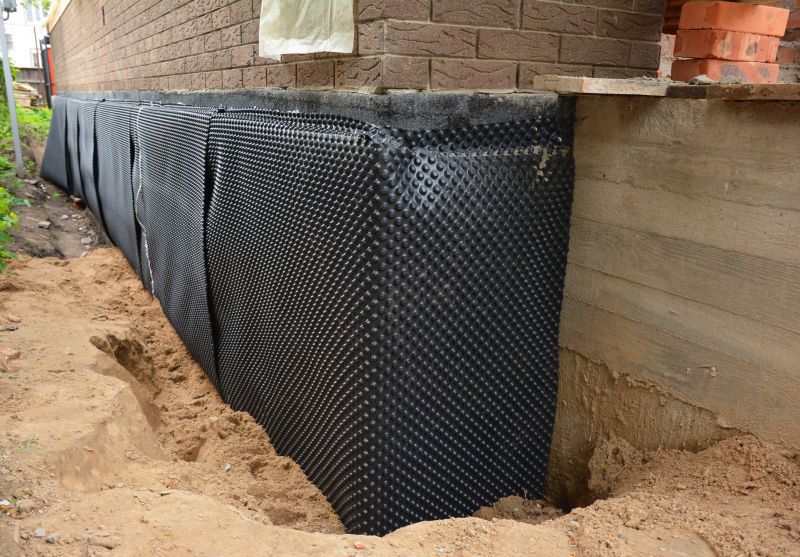
Ways to make Waterproofings work in tight or awkward layouts.
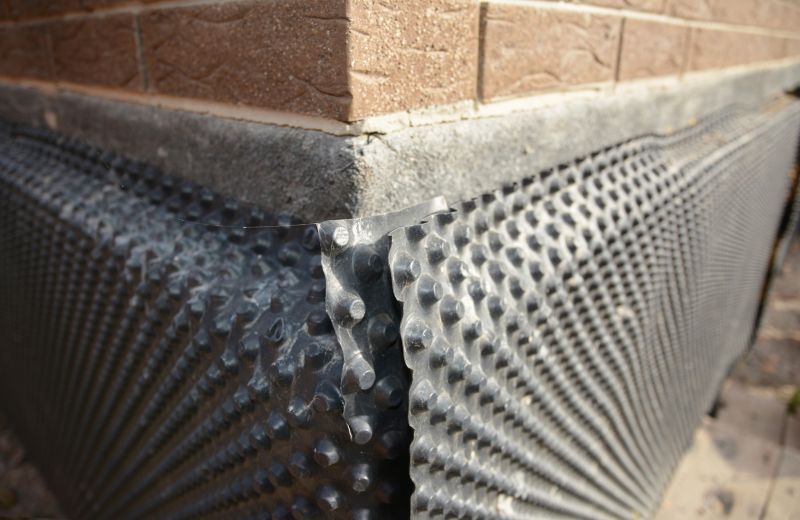
Popular materials for Waterproofings and why they hold up over time.
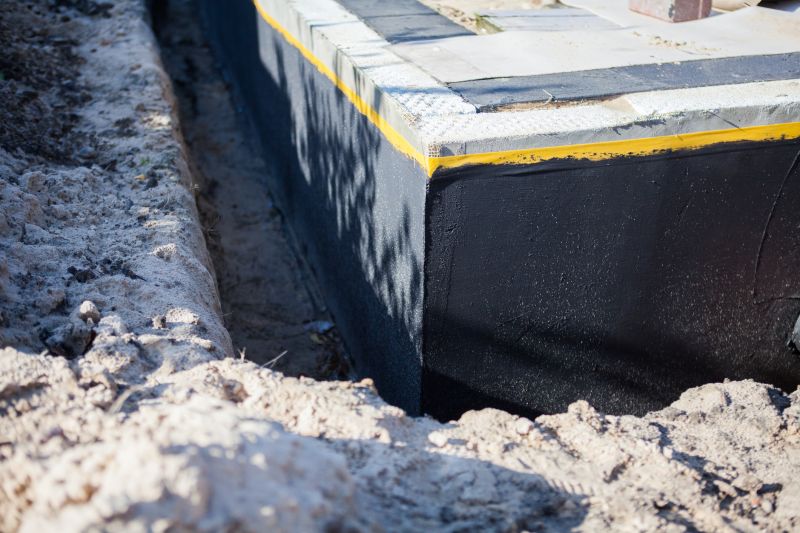
Simple add-ons that improve Waterproofings without blowing the budget.
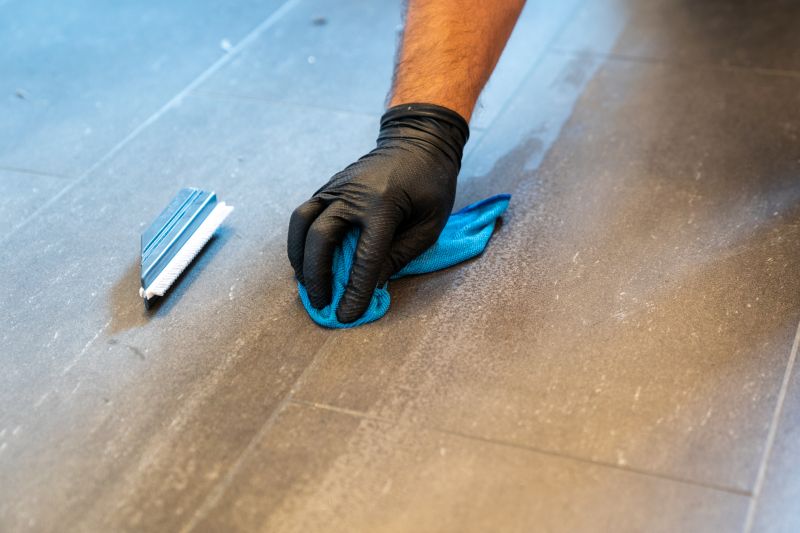
High-end options that actually feel worth it for Waterproofings.
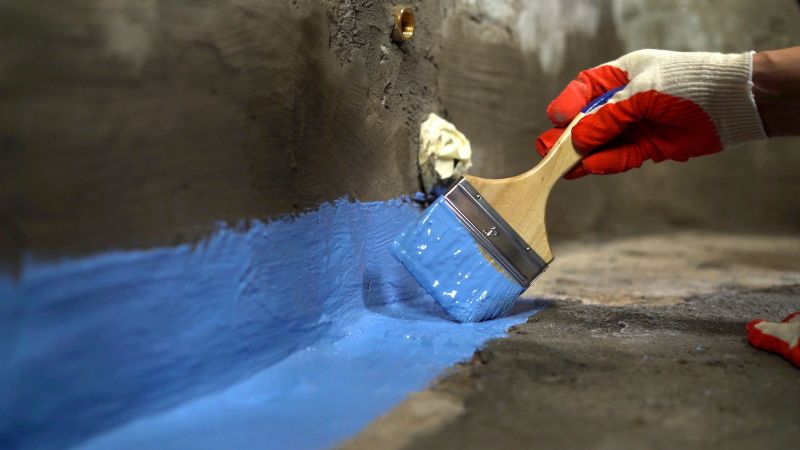
Finishes and colors that play nicely with Waterproofings.
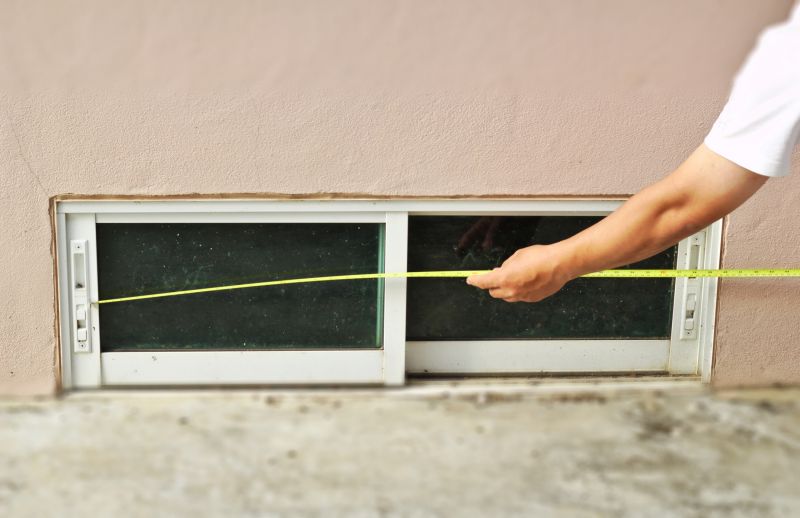
Little measurements that prevent headaches on Waterproofings day.
Waterproofings involve the application of membranes, coatings, or sealants designed to prevent water penetration. They are essential in basements, roofs, balconies, and foundations. Properly timed waterproofing can significantly reduce water-related damages, which account for a large portion of repair costs in buildings. Studies indicate that waterproofing can extend the lifespan of building components by protecting against moisture-related deterioration.
| Season | Optimal Waterproofing Timing |
|---|---|
| Spring | Ideal for new constructions and repairs, allowing curing before summer heat. |
| Summer | Suitable due to warm, dry weather, enabling effective application. |
| Fall | Best for preparing structures for winter, ensuring protection against moisture. |
| Winter | Generally not recommended due to low temperatures and high moisture risk. |
| Pre-Construction | Effective for early protection during building phases. |

A 60-second routine that keeps Waterproofings looking new.

A frequent mistake in Waterproofings and how to dodge it.
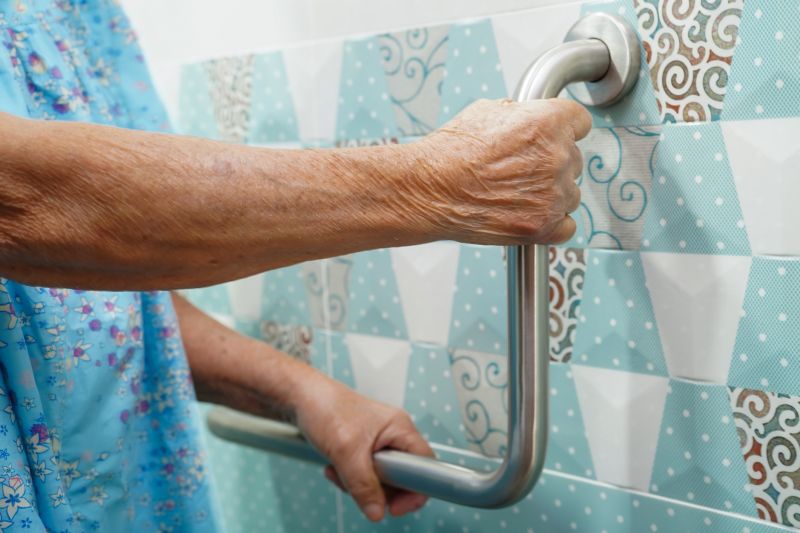
Small tweaks to make Waterproofings safer and easier to use.
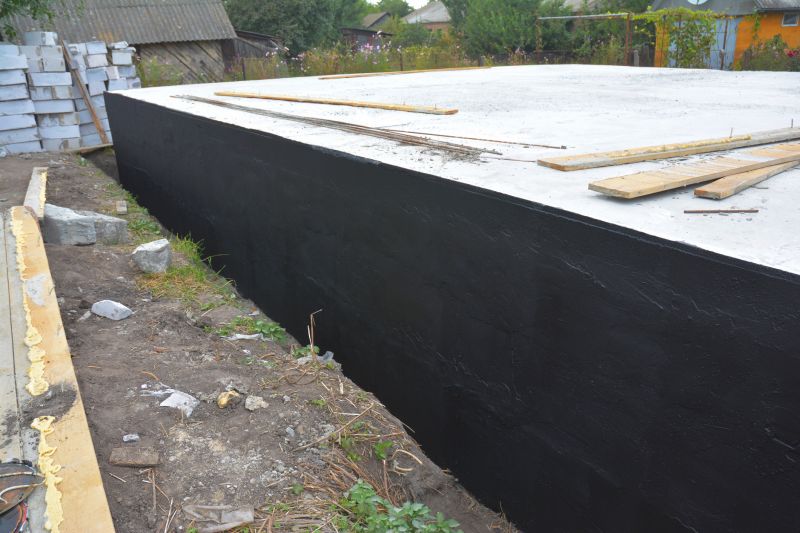
Lower-waste or water-saving choices for Waterproofings.

The short, realistic tool list for quality Waterproofings.
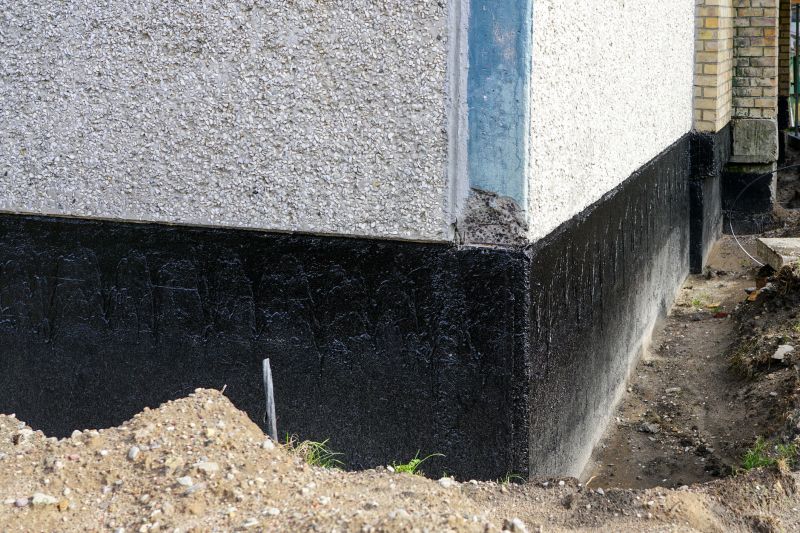
Rough timing from prep to clean-up for Waterproofings.

Quick checks and paperwork to keep after Waterproofings.
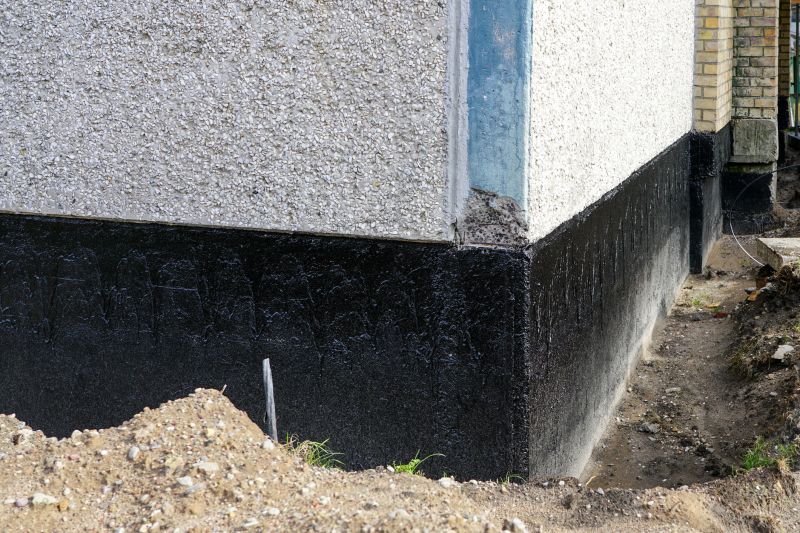
Examples that show the impact a good Waterproofings can make.
Choosing the right time for waterproofing depends on local climate conditions, project scope, and specific material requirements. Proper planning and execution during optimal periods can prevent costly water damage and ensure building durability. Regular inspection and maintenance further enhance waterproofing effectiveness over time.
Individuals interested in waterproofing services are encouraged to fill out the contact form for more information. Expert assessments can help determine the best timing and application methods tailored to specific structures and local weather patterns.

